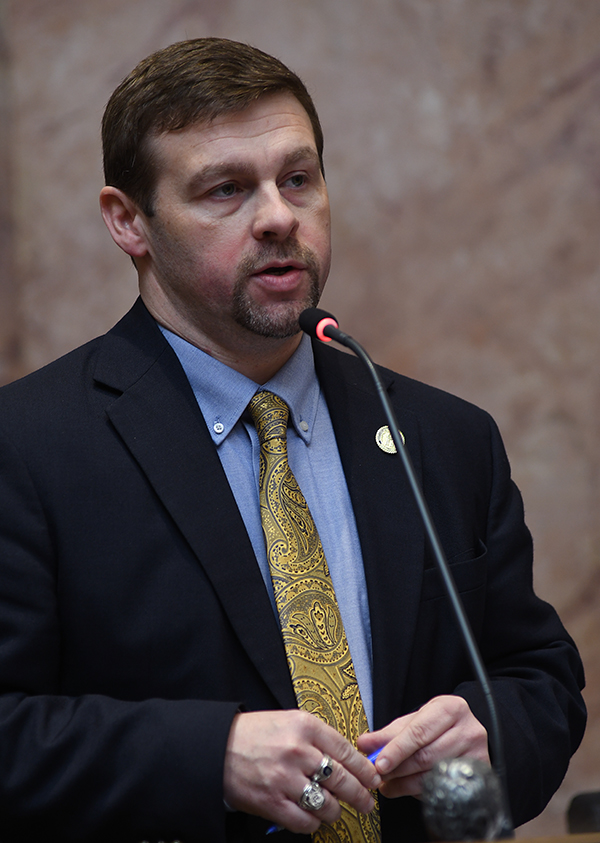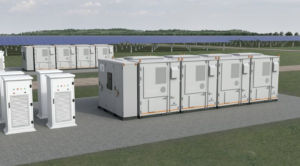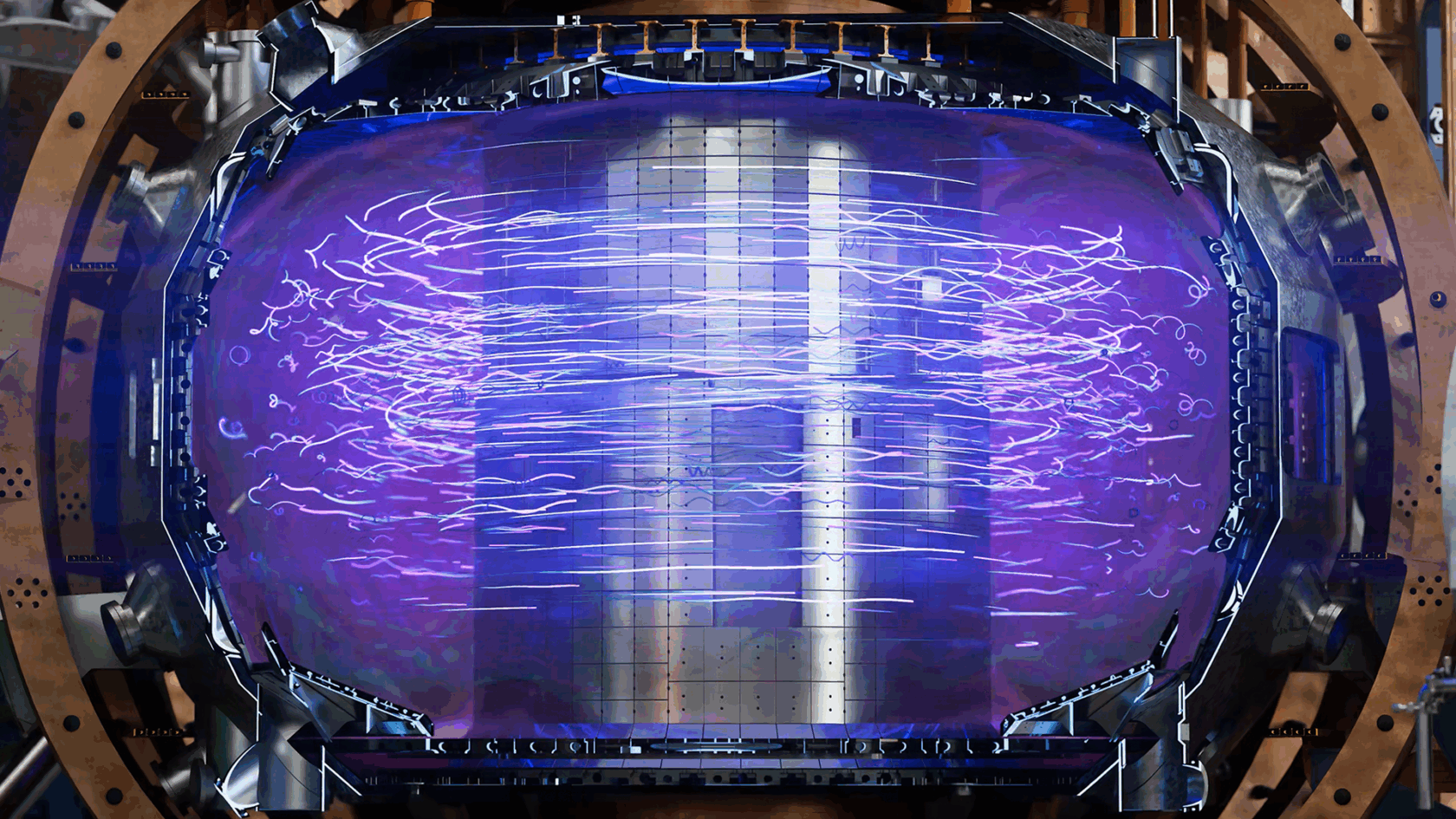Clean Energy Tax Credit Changes under the One Big Beautiful Bill Act – Jackson Walker

Report on the One Big Beautiful Bill Act (OBBBA) and its Impact on Sustainable Development Goals
The One Big Beautiful Bill Act (OBBBA) introduces significant modifications to the clean energy tax credits established by the Inflation Reduction Act of 2022. This report analyzes the key provisions of the OBBBA and their direct implications for the United Nations Sustainable Development Goals (SDGs), particularly SDG 7 (Affordable and Clean Energy), SDG 13 (Climate Action), SDG 8 (Decent Work and Economic Growth), and SDG 9 (Industry, Innovation, and Infrastructure).
Impact on SDG 7: Affordable and Clean Energy
The OBBBA reshapes the financial landscape for clean energy development, creating a preference for continuous power sources over intermittent ones and adjusting timelines for various technologies. This directly affects progress toward increasing the share of renewable energy in the global energy mix.
Revised Incentives for Wind and Solar Power
The legislation curtails support for wind and solar projects, which are critical for SDG 7. The key changes include:
- Projects under Code Sections 45Y and 48E must be placed in service by December 31, 2027, to qualify for production or investment tax credits.
- A safe harbor is provided for projects that “begin construction” on or before July 4, 2026.
- An Executive Order dated July 7, 2025, mandates strict enforcement of these terminations and directs the Treasury to issue guidance that may narrow the definition of “beginning of construction.”
Adjustments to Other Clean Energy Credits
The act modifies support for a broader range of clean energy technologies, impacting the diversity of the sustainable energy portfolio.
- Technology Neutral Credits: The eligibility phaseout for most clean energy technologies (excluding wind and solar) will now begin after 2032.
- Clean Hydrogen Production: The production credit is now only available for facilities that begin construction before January 2, 2028.
- Alternative Fuel Infrastructure: The credit for alternative fuel vehicle refueling property, including EV charging stations, is limited to property placed in service by June 30, 2026.
Implications for SDG 13: Climate Action
The OBBBA presents a mixed outlook for climate action, strengthening incentives for carbon capture while adjusting support for other key decarbonization technologies.
Enhanced Support for Carbon Sequestration
In a significant move supporting climate mitigation efforts, the OBBBA enhances the Section 45Q tax credit for carbon sequestration.
- The credit for carbon oxides permanently sequestered via enhanced oil recovery (EOR) or utilized in other permitted forms increases from $60 to $85 per metric ton ($180 for direct air capture).
- This change, effective for projects placed in service after July 4, 2025, creates parity with credits for permanent sequestration not used in EOR.
Modified Credits for Clean Transportation Fuels
The act extends credits vital for decarbonizing the transportation sector but introduces new sourcing restrictions.
- Code Section 45Z (transportation fuel producers) credits are extended for sales through December 31, 2029.
- Code Section 40A (small agri-biodiesel producers) credits are extended for sales through December 31, 2026.
- Eligibility for both credits is now limited to fuels produced from feedstocks originating in the United States, Canada, or Mexico.
Effects on SDG 8 & SDG 9: Economic Growth and Sustainable Infrastructure
The legislation aims to bolster domestic industry and supply chains, aligning with goals for decent work, economic growth, and resilient infrastructure, though it reduces certain infrastructure-related incentives.
Strengthened Domestic Content Requirements
To promote domestic manufacturing and job creation (SDG 8), the OBBBA increases domestic content minimums for clean energy facilities.
- The minimum rises from 40% to 45% for projects beginning construction after June 12, 2025.
- The requirement increases incrementally to 55% for projects starting in 2027.
Reduced Incentives for Energy-Efficient Buildings
Support for sustainable building infrastructure (SDG 9) is curtailed, with the deduction for energy-efficient commercial buildings now available only for projects where construction begins by June 30, 2026.
Reconfiguration of SDG 17: Partnerships for the Goals
The OBBBA enacts stringent measures to limit foreign influence in the domestic clean energy sector, fundamentally altering the framework for international partnerships in achieving sustainable development.
Restrictions on Foreign Entities
The act prohibits tax credits for projects involving “specified foreign entities” and “foreign-influenced entities,” specifically targeting ownership, control, or influence from North Korea, China, Russia, and Iran.
- Component Sourcing: Production and investment tax credits are subject to increasing limitations on materials and components acquired from specified foreign entities, with a safe harbor for facilities beginning construction before January 1, 2026.
- Credit Transfers: Transfers of tax credits to specified foreign entities under Code Section 6418 are no longer permitted.
- Enforcement: The Executive Order of July 7, 2025, directs the Treasury to take prompt action to implement these “Foreign Entity of Concern” restrictions.
SDGs Addressed in the Article
-
SDG 7: Affordable and Clean Energy
- The article’s central theme is the modification of tax credits for various clean energy sources, including wind, solar, geothermal, nuclear, clean hydrogen, and clean transportation fuels. These policies directly influence the affordability and deployment of clean energy technologies.
-
SDG 13: Climate Action
- The legislation discussed, the OBBBA, is a national policy that directly impacts climate change mitigation efforts. It adjusts incentives for renewable energy and enhances tax credits for carbon sequestration, which are key strategies for climate action.
-
SDG 9: Industry, Innovation, and Infrastructure
- The article details investments in energy infrastructure, such as wind and solar farms, clean hydrogen facilities, and alternative fuel refueling stations. It also addresses industrial policy through domestic content requirements, aiming to upgrade industries and foster domestic innovation.
-
SDG 12: Responsible Consumption and Production
- By introducing and increasing domestic content requirements for clean energy projects, the policy encourages more localized and potentially sustainable production patterns, altering global supply chains.
-
SDG 17: Partnerships for the Goals
- The article explicitly discusses international partnerships by prohibiting tax credits for entities from specific nations (North Korea, China, Russia, Iran) and limiting the sourcing of materials from them. It also favors trade with specific partners (Canada, Mexico) for clean fuel feedstocks.
Specific Targets Identified
-
SDG Target 7.2: Increase substantially the share of renewable energy in the global energy mix.
- The article addresses this by detailing the timelines and eligibility for tax credits for wind, solar, geothermal, nuclear, and clean transportation fuels. The OBBBA’s changes will directly affect the rate of increase in the share of these renewable sources.
-
SDG Target 13.2: Integrate climate change measures into national policies, strategies and planning.
- The OBBBA is a clear example of a national policy and legislative action that modifies the country’s strategy on climate change by adjusting financial incentives for low-carbon technologies and carbon capture.
-
SDG Target 9.4: Upgrade infrastructure and retrofit industries to make them sustainable…and greater adoption of clean and environmentally sound technologies.
- The tax credits for energy-efficient commercial buildings, carbon sequestration facilities, and clean energy projects (wind, solar, hydrogen) are direct financial mechanisms to encourage the upgrading of infrastructure and the adoption of clean technologies by industries.
-
SDG Target 9.b: Support domestic technology development, research and innovation…including by ensuring a conducive policy environment.
- The introduction of domestic content minimums (rising to 55%) and limitations on foreign components creates a policy environment designed to support and protect domestic manufacturing and technology development in the clean energy sector.
Implied or Mentioned Indicators
-
Percentage of domestic content in clean energy facilities
- The article specifies a clear, measurable indicator by stating that domestic content minimums will be raised from 40% to 45% and then incrementally to 55% by 2027. This can be used to track progress towards Target 9.b.
-
Volume of sequestered carbon oxides
- The credit for carbon sequestration is valued per metric ton ($85 per metric ton). The total volume of carbon sequestered in metric tons is an implied indicator for measuring the impact of this policy on climate action (Target 13.2).
-
Number of clean energy projects placed in service
- The article provides specific deadlines for various projects to be “placed in service” or to have “begun construction” (e.g., Dec 31, 2027, for wind and solar). The number of projects meeting these deadlines is a direct indicator of investment in renewable energy (Target 7.2).
-
Proportion of materials from specified foreign entities
- The article mentions increasing limitations on materials acquired from “specified foreign entities.” The percentage of project components from these nations serves as an indicator for tracking the implementation of the foreign influence restrictions (Target 17).
SDGs, Targets, and Indicators Analysis
| SDGs | Targets | Indicators |
|---|---|---|
| SDG 7: Affordable and Clean Energy | Target 7.2: Increase substantially the share of renewable energy in the global energy mix. |
|
| SDG 13: Climate Action | Target 13.2: Integrate climate change measures into national policies, strategies and planning. |
|
| SDG 9: Industry, Innovation, and Infrastructure | Target 9.4: Upgrade infrastructure and retrofit industries to make them sustainable.
Target 9.b: Support domestic technology development, research and innovation. |
|
| SDG 17: Partnerships for the Goals | Target 17.17 (Implied): Encourage and promote effective public, public-private and civil society partnerships. (The article discusses restrictive policies on partnerships). |
|
Source: jw.com

What is Your Reaction?
 Like
0
Like
0
 Dislike
0
Dislike
0
 Love
0
Love
0
 Funny
0
Funny
0
 Angry
0
Angry
0
 Sad
0
Sad
0
 Wow
0
Wow
0













































































